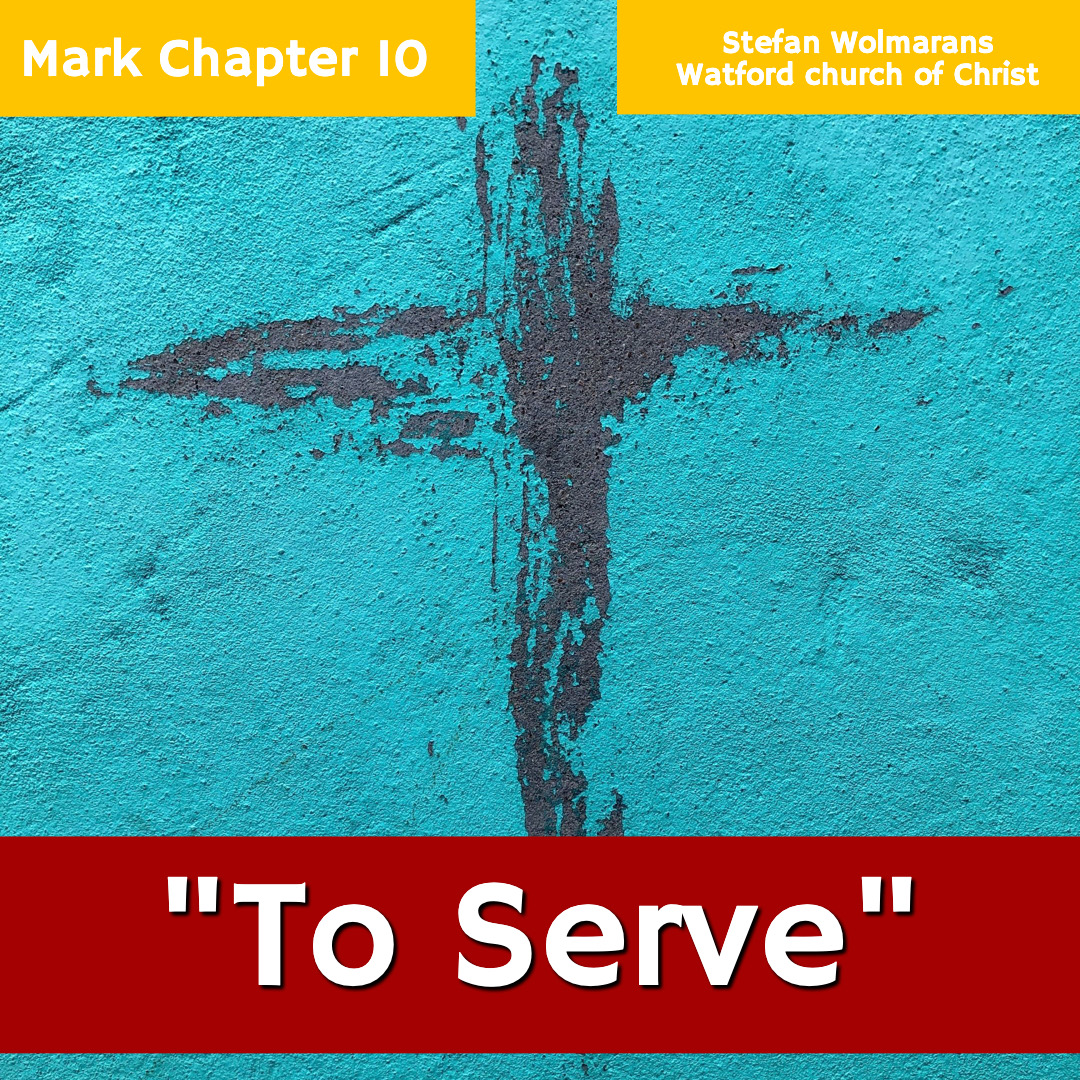
Today we look at the sixth chapter. But first, where are we? So far we have found the key idea that we believe the writer was writing about. We have then asked ourselves what it means, if it is really true, I want difference it makes two people today. We have considered what that biblical concept means to us and our audience, and the precise purpose of the sermon. In other words, why am I telling this to these people on this particular day?
Now we’re considering how we can shape the sermon to achieve its purpose.
To find the right shape for your sermon first ask yourself the following questions.
- Am I explaining an idea? “Jesus is superior to anything and anyone”, Hebrews 1
- Am I proving a point? James 4:17, “Christians sin when they know what they should do and refuse to do it.”
- Am I applying a principal? 1 Thessalonians 5:1-11, “What should our attitude be as children of light in a world of darkness?”
- Am I completing a subject? Acts 2:42-27, “What makes a church vibrant?”
Having done so, then work on the outline. A word of caution about outlines, but also a word of encouragement.
Firstly, it should be noted that there is no formula for a supposedly ‘correct’ outline. Almost all outlines will have an introduction, a body and a conclusion. However, the outlines serve the text, not the other way round.
Secondly, the value of an outline should not be underestimated. As Robinson points out, an outline helps you to view your sermon as a whole, to clarify whether your points follow logically and naturally one to another, to crystallise your ideas, and to reveal where illustrations, applications and sharing will be needed to make sure your points hit home.
Thirdly, transition statements are important. What is the transition statement between your first and second points, your second and third points and so on? If you can’t state the link between your points, your audience will be mystified as to why you’ve left one point and moved on to another. They can’t see your outline, therefore they need you to verbalise what the connections are.
Conclusion
Every sermon has a shape, even if it is a chaotic one! Better to make it deliberate, not random. For some of us this might sound like engineering a sermon. A rather cold process. However, it is not. Look at the shape of Jesus’ parables. Notice the way Luke shapes the narrative of the incidents in Philippi (Acts 16). Those shapes are deliberate — helping comprehension and impact. Give your sermon a shape appropriate to its purpose and you will bless your hearers.
Next time it’s chapter 7 and “Making dry bones live”
Consider joining AIM UK&Ireland to develop your understanding of Scripture: https://aimukandireland.com/. Our current module is Homiletics (the preparation and delivery of lessons).
Contact us here with enquiries: courses@aimukandireland.com
The website can be found here: https://aimukandireland.com
Please add your comments on this week’s topic. We learn best when we learn in community.
Do you have a question about teaching the Bible? Is it theological, technical, or practical? Send me your questions or suggestions. Here’s the email: malcolm@malcolmcox.org.
If you’d like a copy of my free eBook on spiritual disciplines, “How God grows His people”, sign up at my website: http://www.malcolmcox.org.
Please pass the link on, subscribe, and leave a review.
Remember to keep calm, and carry on teaching.
God bless, Malcolm


